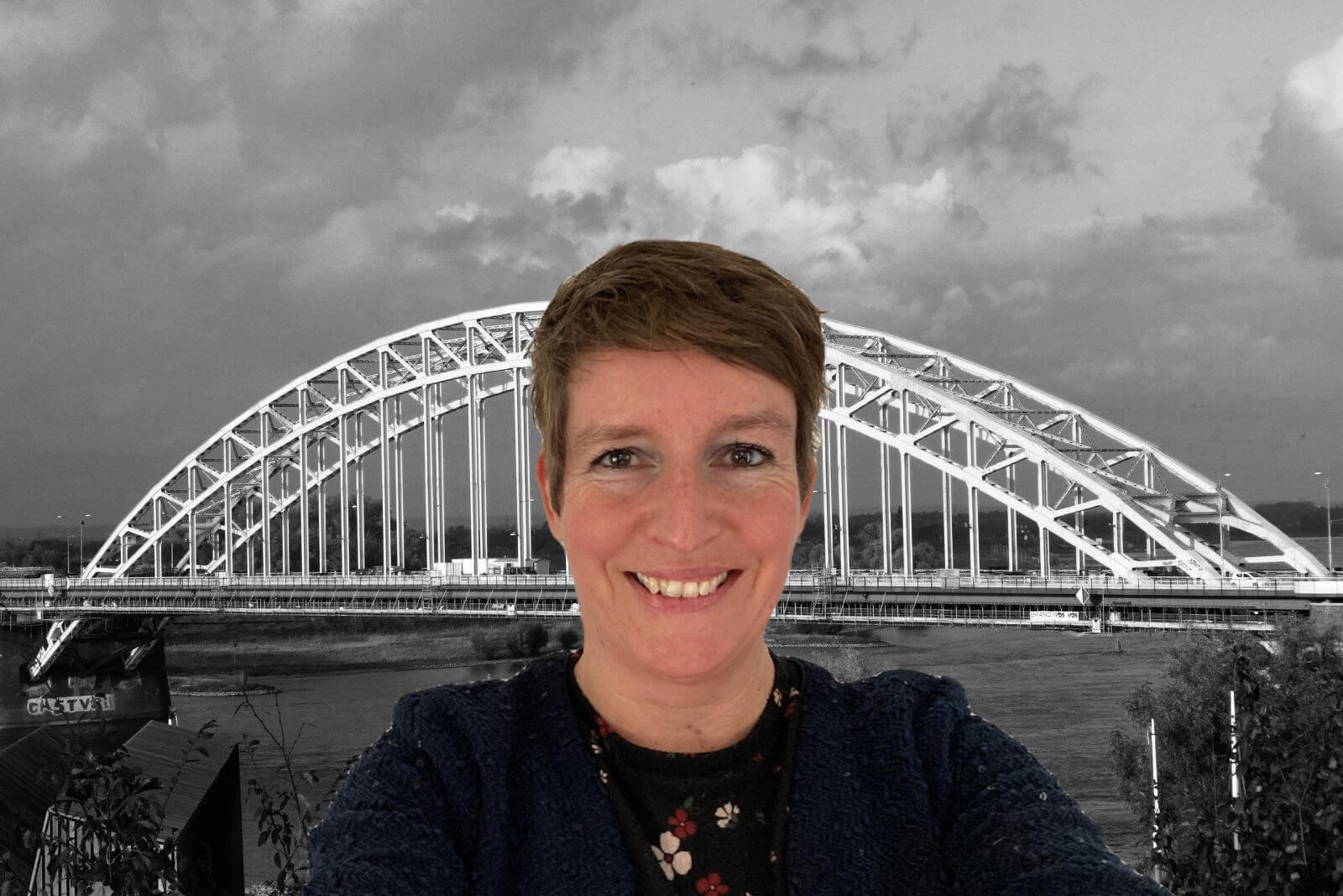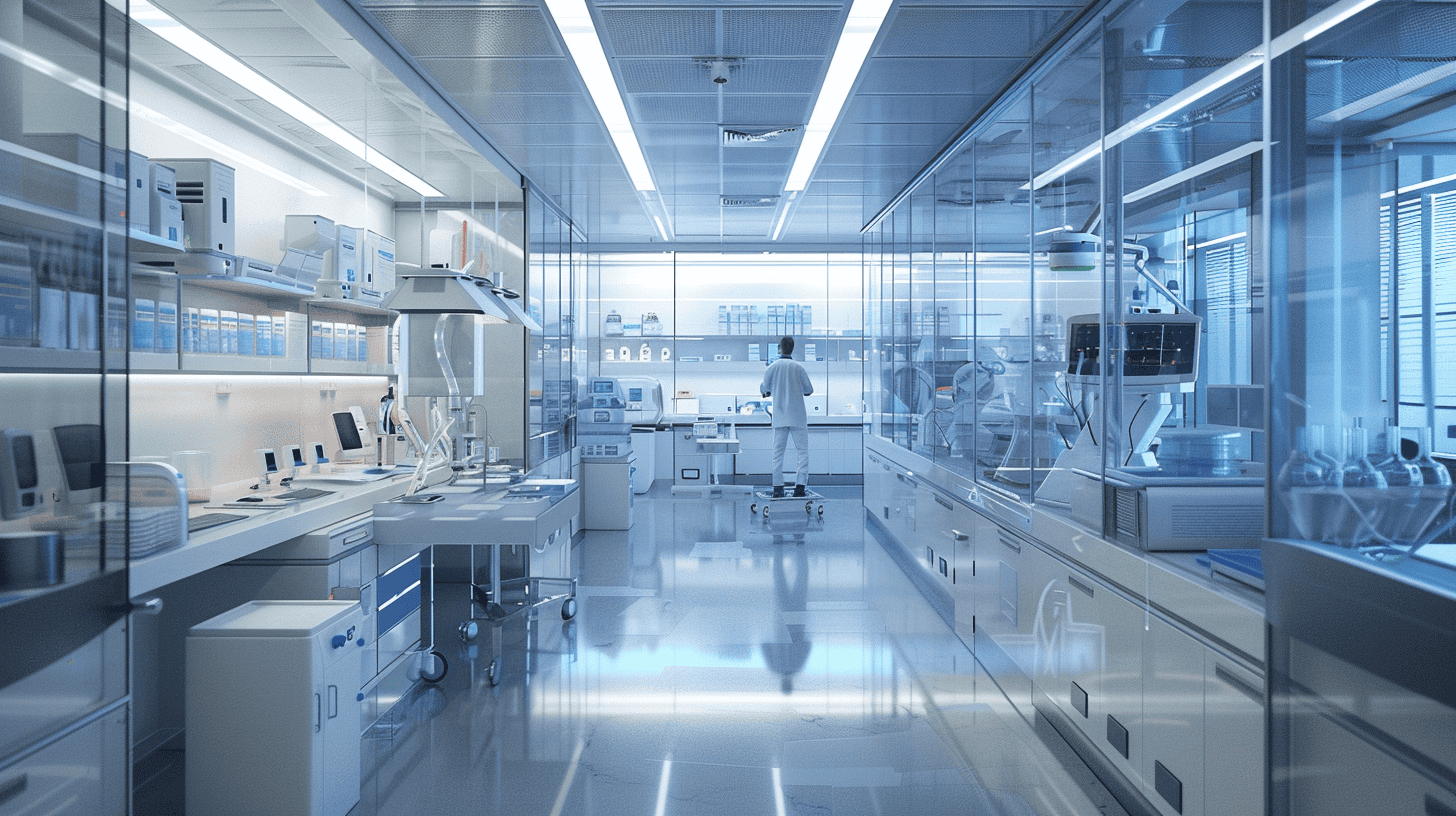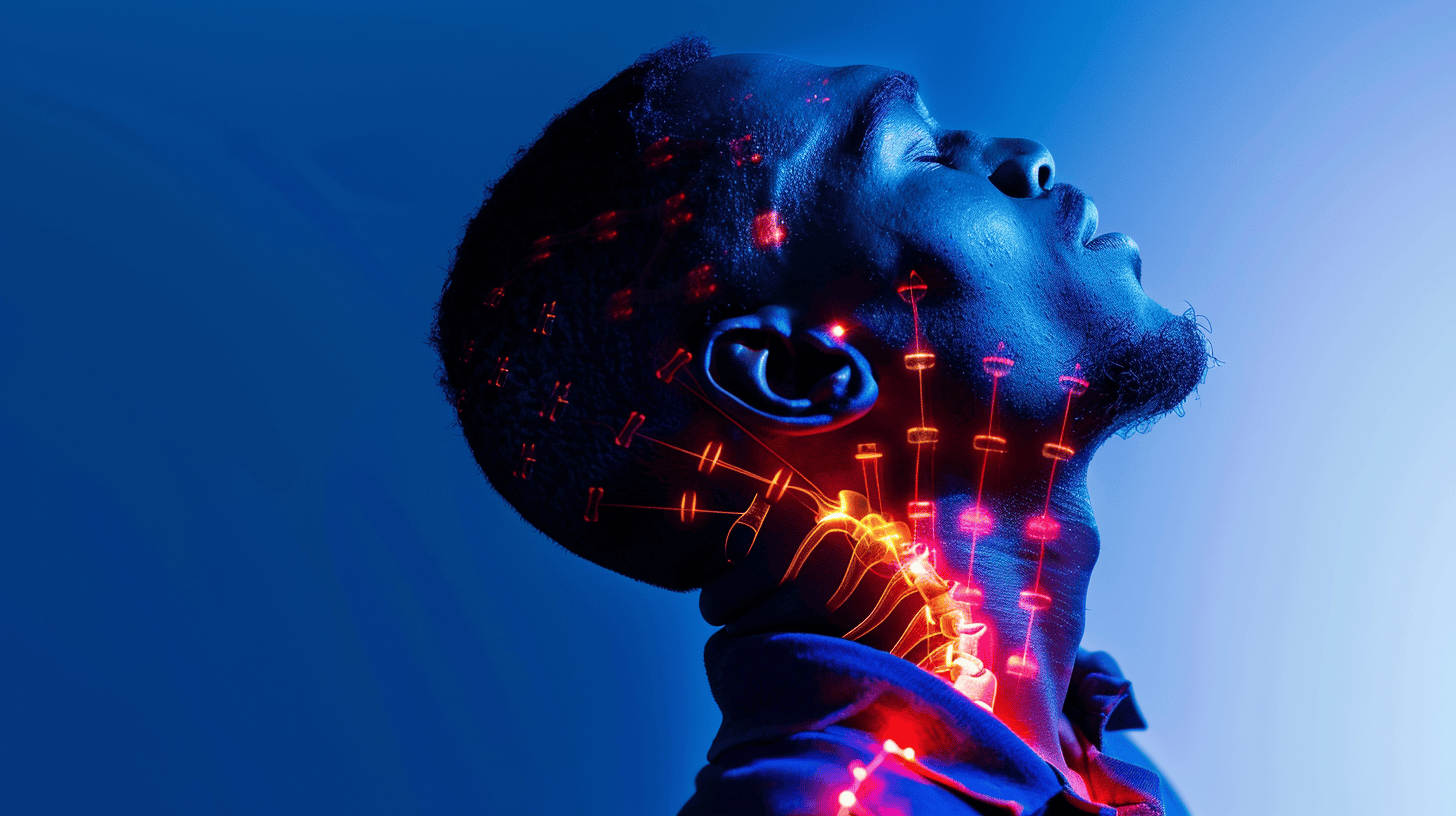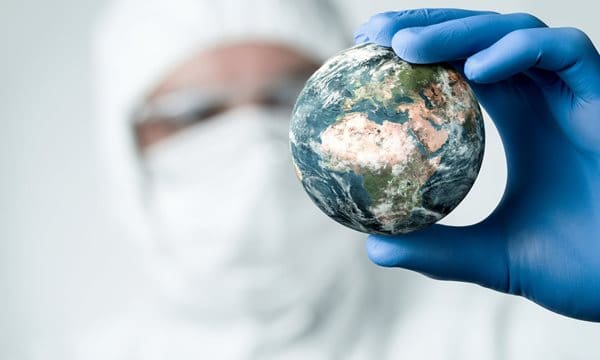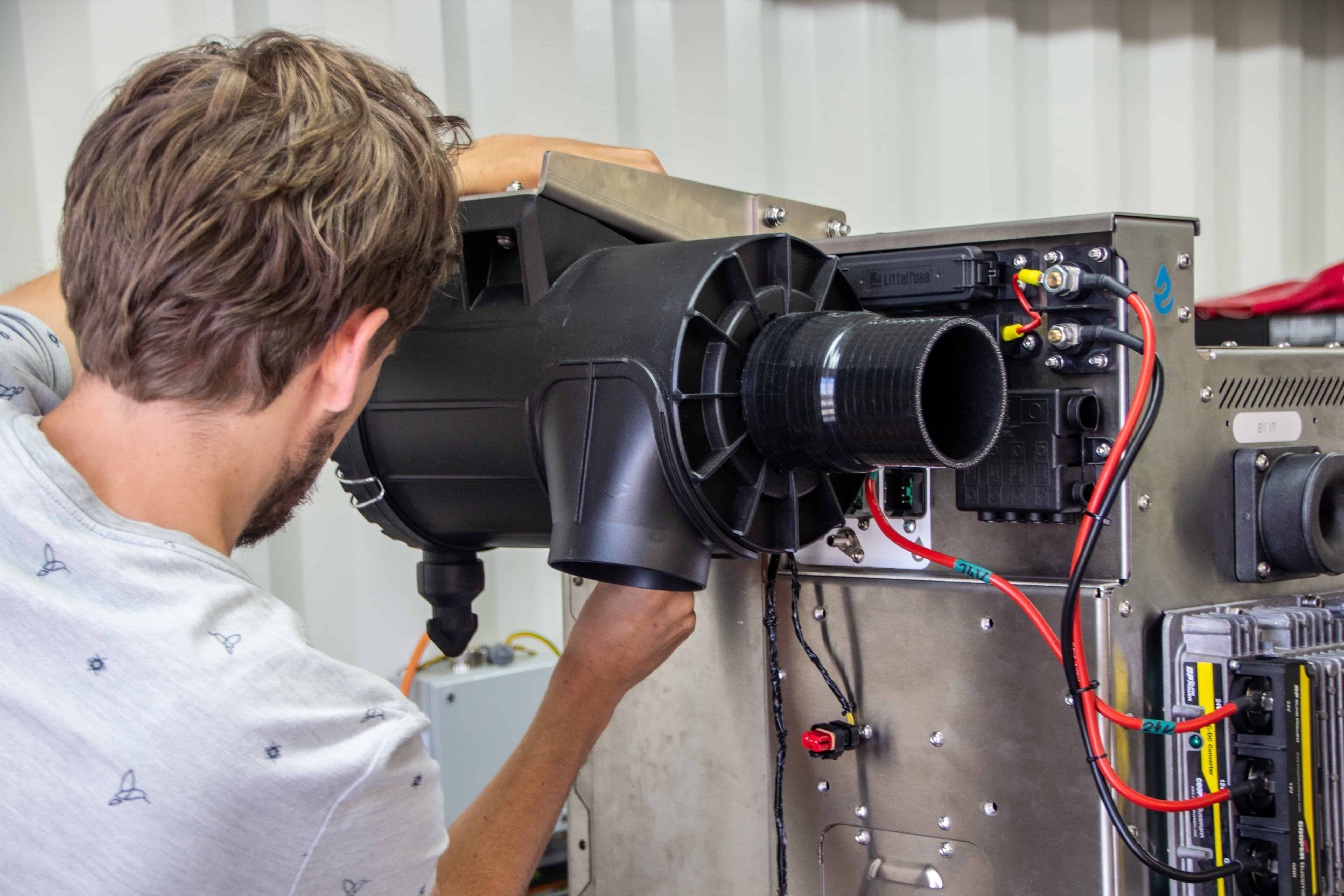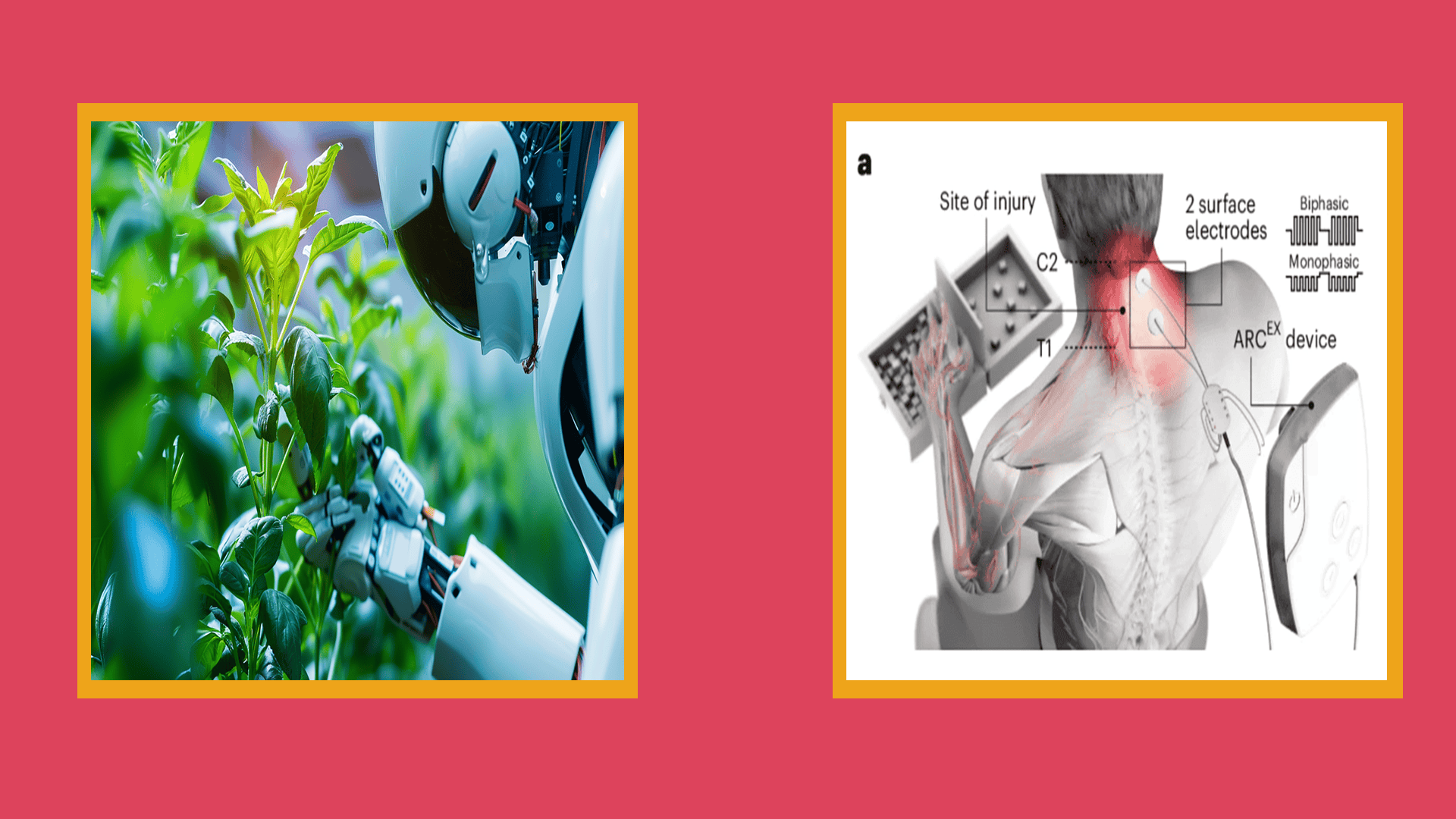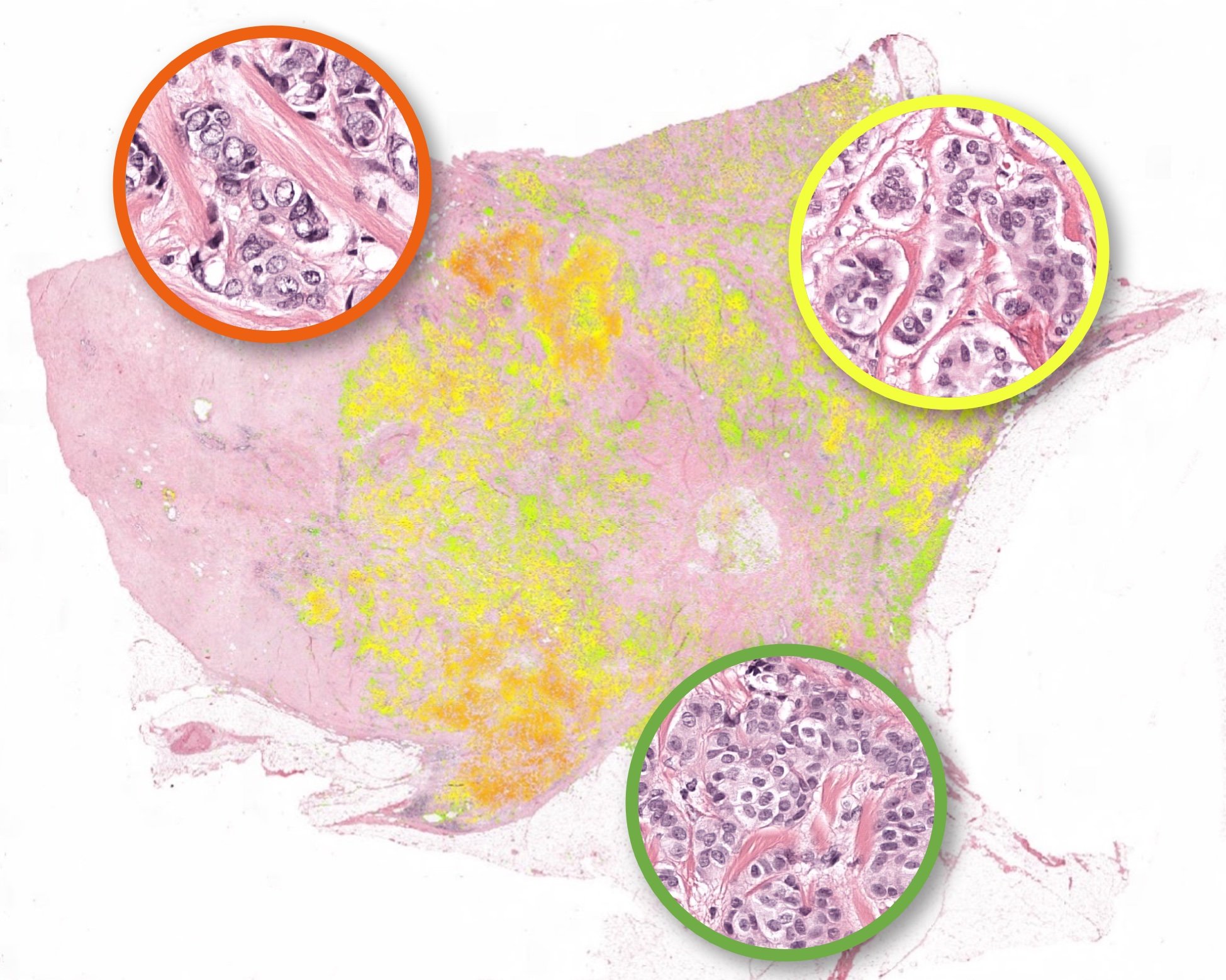
The birthplace of the world’s largest database for pathology data is in the Dutch city of Nijmegen. The Radboudumc (Radboud University Medical Center in Nijmegen) is the initiator of the European Bigpicture project, which amounts to almost €70 million. The fact that the provision of pathology images leads to fantastic AI solutions is already evident.
“We can improve diagnoses and treatment plans for patients by making as much data as possible available to clever minds,” says Jeroen van der Laak, computer scientist and associate professor of pathology at the Radboudumc and since recently, also the coordinator of Bigpicture.
A pathologist and their microscope are essential for the detection of diseases such as cancer or autoimmune disorders. Tissues and cells are examined in detail and analyzed, after which a diagnosis and treatment plan can then be drawn up. It is specialized work that requires a trained eye. At least, up until now.
Leader in digitalization
The Pathology Department at the Radboudumc is one of the pioneers when it comes to the digitalization of microscopic images. Van der Laak: “This development has taken off in a big way over the past few years. The digitalization of images of tissues and cells is becoming progressively easier. Images can be viewed and shared digitally by pathologists. Moreover, thanks to the development of algorithms and deep learning techniques, the computer is capable of assessing and analyzing these images more and more effectively, which in turn helps the pathologist.”
Better than the pathologist
“Expectations are high,” says Katrien Grünberg, professor of pathology and department head at Radboudumc. There are now a number of publications that demonstrate that the computer is better at assessing tumors and other abnormal images than an experienced pathologist. Van der Laak: “Unlike fifteen years ago, the computer can learn through AI and distinguish between the various medical conditions. One of the important conditions for doing this is that you have a lot of data at your disposal. And that’s precisely where the bottleneck lies.”
46 parties
There is a lack of a broad collection of digital photos and medical information that is needed to interpret the data. That’s where Bigpicture should be bringing significant change. The European consortium undertaking the Bigpicture project comprises 46 leading European research centers, hospitals and pharmaceutical companies. These include the Eindhoven University of Technology, UMC Utrecht and other European universities. Plus ten pharmaceutical companies, among them Novartis and Janssen.

Competition with data
That making pathology images available works in practice where the development of AI applications is concerned, is already apparent in Nijmegen. “We have organized a number of competitions, so-called challenges, in which we make vast amounts of data available to everyone,” says Van der Laak. These include companies, scientists and research groups. But also the clever clogs in their attics who know how the technology works. Van der Laak: “We come up with a clear research question and provide an extensive dataset. Anyone can get to work on it. Sometimes this produces surprising results. It’s a wonderful new form of science. One in which you have to accept that your own research group will not necessarily come up with the best solution.”
Assessing prostate biopsies
The Radboudumc’s most recent challenge centred around prostate biopsies. If prostate cancer is suspected, a biopsy is taken with a hollow needle and this tissue is then analyzed under a microscope by the pathologist. This assesses whether there is a tumor, its stage or level of severity. This information serves as the basis for the treatment plan. If you present the same biopsy to different pathologists, you
invariably get different answers. That there is some subjectivity at play in assessments is something that Grünberg and Van der Laak are well aware of.
For that one narrow question, you can use AI to achieve a better outcome.”
In this challenge, participants were asked to create an algorithm for evaluating this type of prostate biopsy. The algorithm was developed with a panel of expert pathologists as a reference. It turned out to be very effective and proficient at assessing the biopsy, and – unsurprisingly – better than an average pathologist. “That’s the power of AI,” says Grünberg. Still, the pathologist is by no means redundant just yet. “You haven’t solved all of the other questions that way. The algorithm can only assess the small segment that it has been trained on. A different type of anomaly might be missed by the computer, but not by the pathologist.”
More data, more solutions
Bigpicture fits in seamlessly with the challenges and development of AI solutions within pathology. “If there is enough data, we can do so much more. That’s something we were constantly running up against. There are data collection initiatives, yet these tend to be very fragmented,” says van der Laak. “That’s the reason why we submitted the grant application for Bigpicture.”
Bigpicture is building a large European infrastructure for pathology-related data and is making a start on data collection. Bigpicture will also look into the ethical and legal aspects. As in, who can use what data and under which conditions. The project is set to run for six years. Grünberg: “We want this to be the start of a long-term method of data collection, which will, of course, continue on after the project ends. So that means we are also going to look at how this can sustain itself over time.”
Also interesting: AI can already detect breast cancer better than a specialist

